Kale's Best Friends: The Companion Plants That Will Help Your Kale Thrive
Kale's Best Friends: The Companion Plants That Will Help Your Kale Thrive
Kale is a delicious and nutritious leafy green that can be grown in most climates. It's also a relatively easy plant to care for, but there are a few things you can do to help it thrive. One of the best ways to do this is to plant companion plants near your kale.
Companion planting is the practice of planting certain plants together in order to benefit each other. Some plants help to repel pests, while others help to improve the soil quality or attract pollinators. By planting the right companion plants near your kale, you can help to keep it healthy and productive.
Here are some of the best companion plants for kale:
- Alliums. Alliums, such as onions, garlic, and chives, can help to repel pests such as aphids, cabbage loopers, and flea beetles. They also help to improve the soil quality by adding nitrogen.
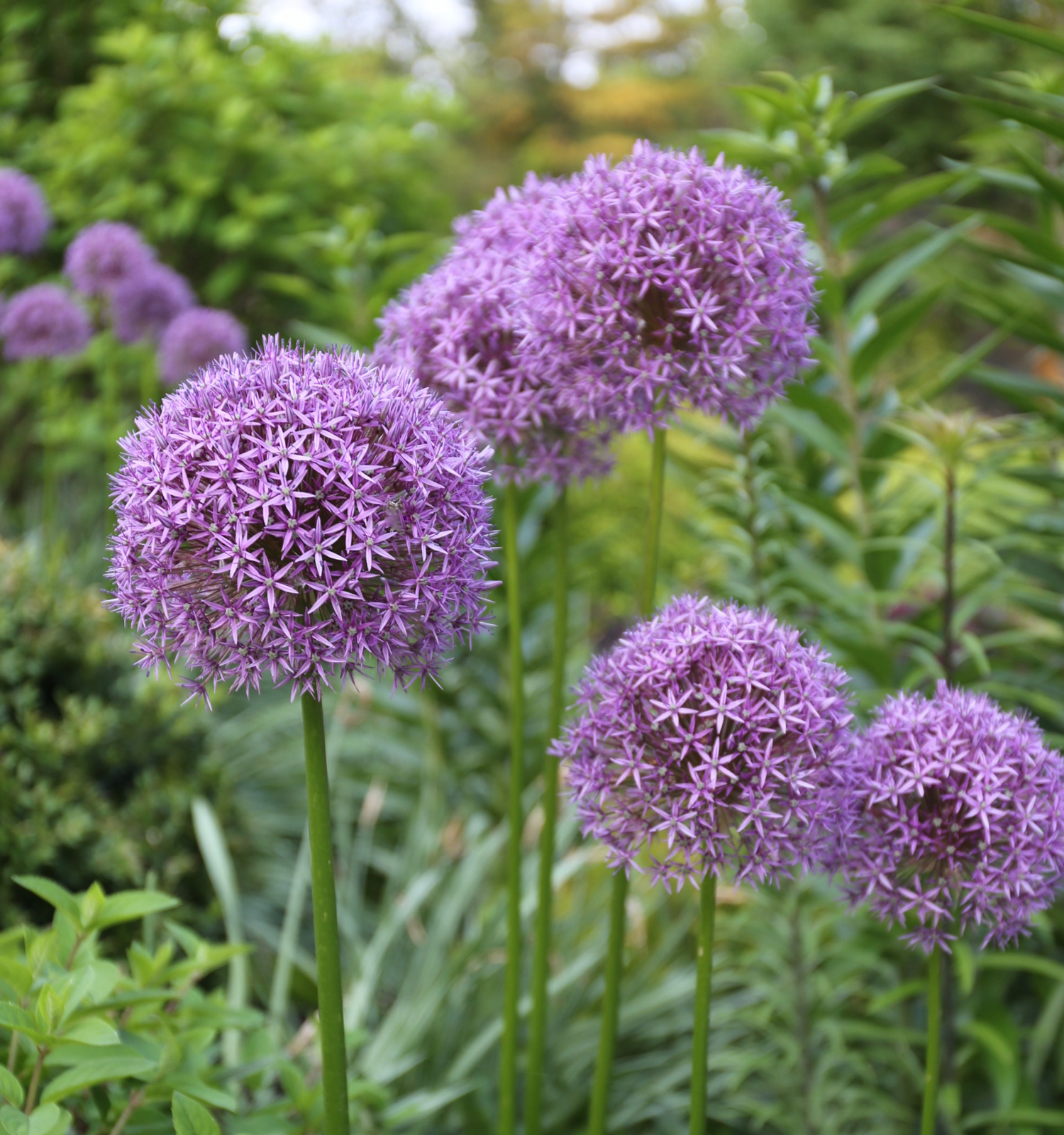
- Beans. Beans are nitrogen-fixing plants, which means they can convert nitrogen from the air into nitrogen that is available to other plants. This can be beneficial for kale, which is a heavy feeder.
- Carrots. Carrots help to improve the soil drainage, which can be helpful for kale, which is susceptible to root rot. They also help to attract beneficial insects such as ladybugs and hoverflies.
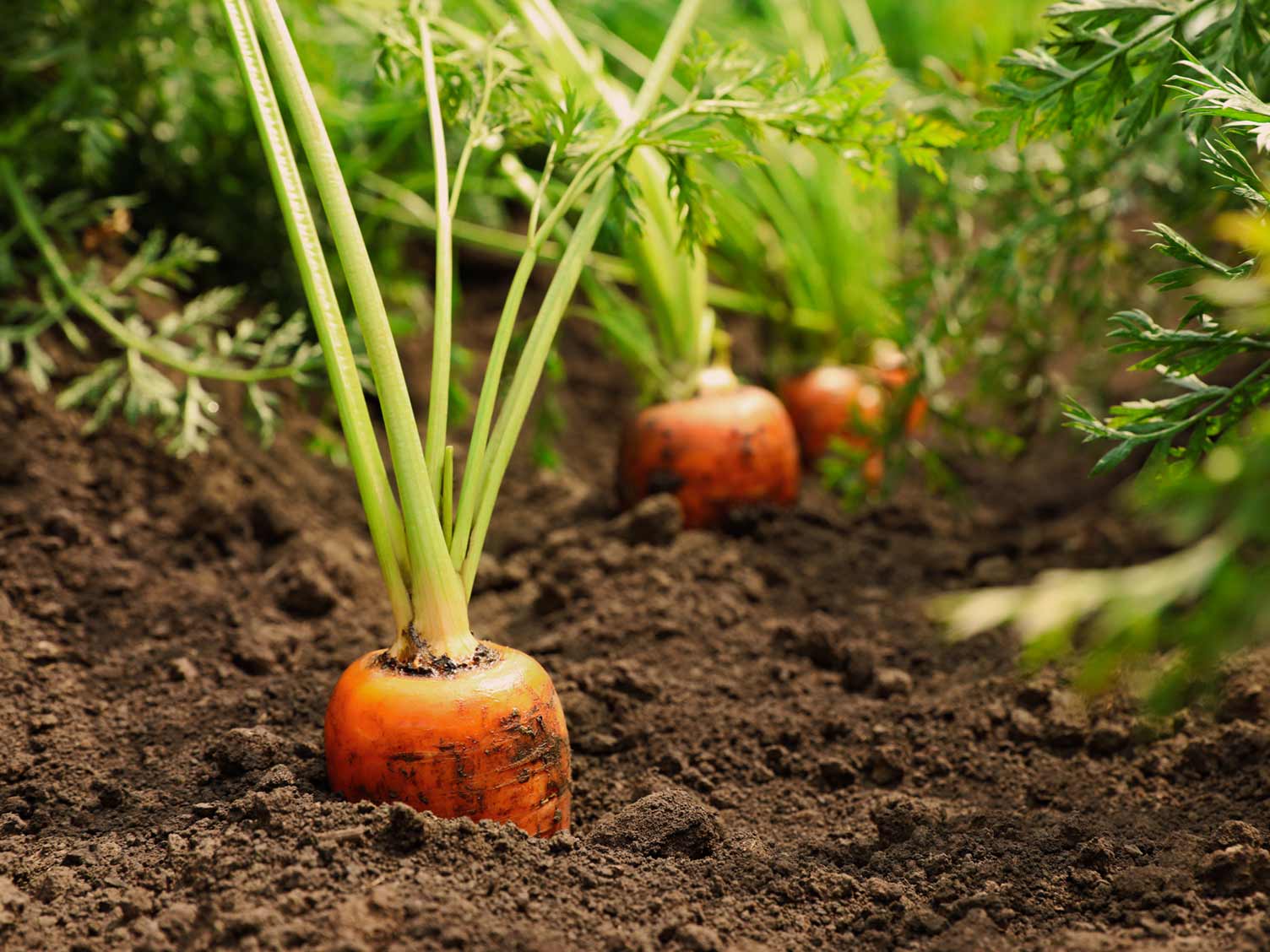
- Cucumbers. Cucumbers help to attract pollinators, which can help to improve the pollination of your kale plants. They also help to suppress weeds.
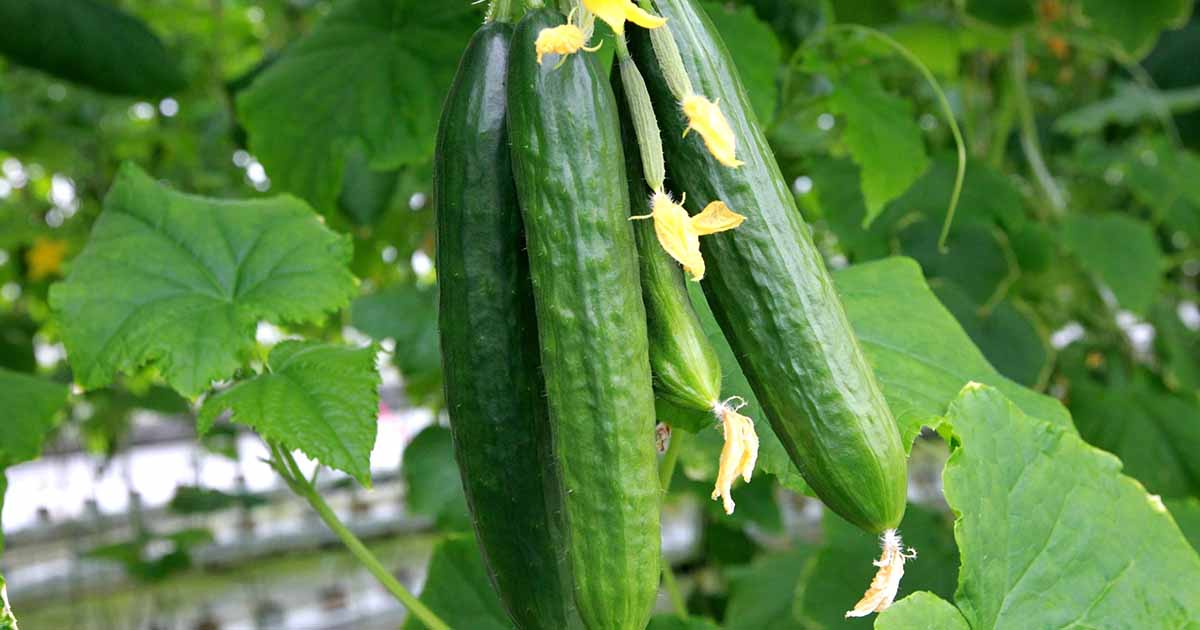
- Dill. Dill helps to attract pollinators and beneficial insects such as ladybugs. It also helps to improve the flavor of kale.
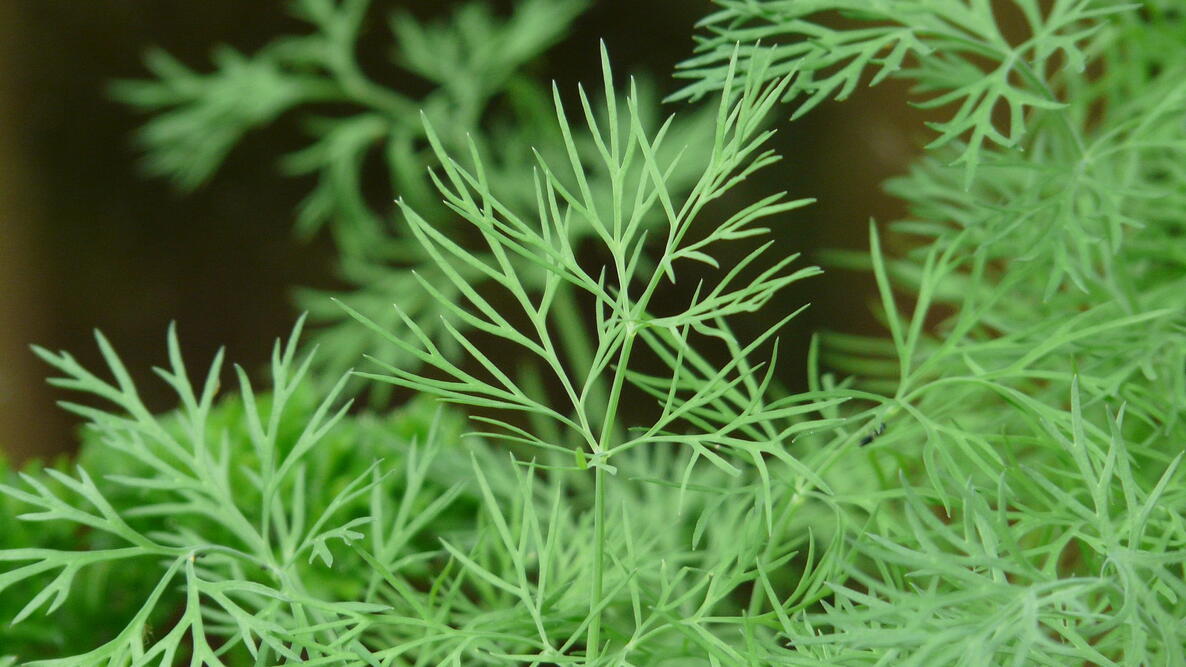
- Lettuce. Lettuce helps to suppress weeds and attract beneficial insects. It also helps to improve the soil quality by adding organic matter.
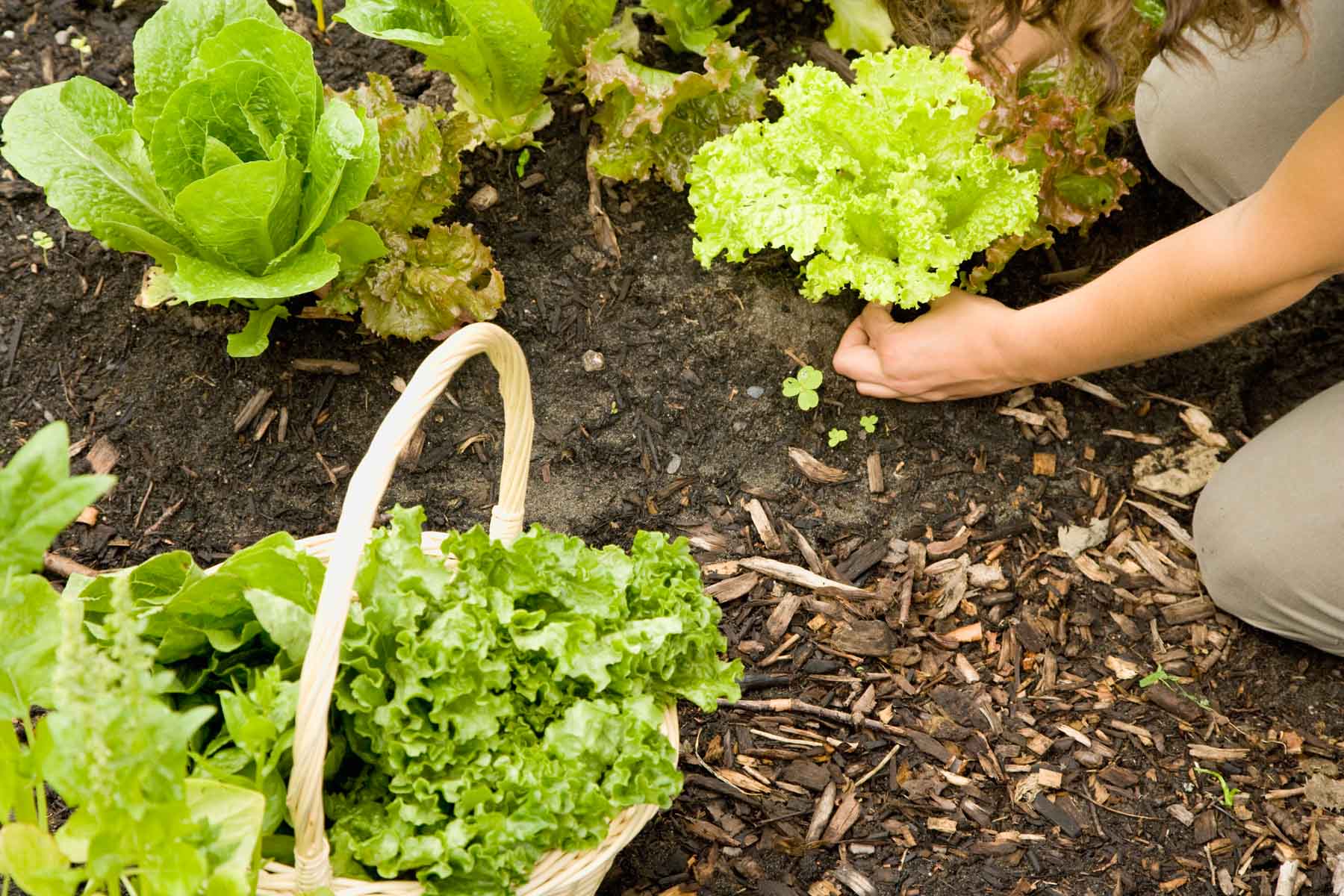
- Marigolds. Marigolds help to repel pests such as aphids, whiteflies, and nematodes. They also help to improve the soil quality by adding nitrogen.

- Potatoes. Potatoes help to attract beneficial insects such as ladybugs and hoverflies. They also help to suppress weeds.

- Spinach. Spinach helps to suppress weeds and improve the soil quality by adding organic matter. It also helps to attract beneficial insects.
When planting companion plants near your kale, it's important to consider the size of the plants. Some plants, such as beans and cucumbers, can grow quite large, so you'll need to make sure they have enough space to spread out. Other plants, such as dill and marigolds, are smaller and can be planted closer together.
It's also important to consider the sun exposure needs of the plants you're planting. Some plants, such as kale, need full sun, while others, such as marigolds, can tolerate partial shade.
By planting the right companion plants near your kale, you can help to keep it healthy and productive. So next time you're planning your garden, be sure to include some of these beneficial plants.
Kale is a versatile and delicious vegetable that can be enjoyed in many different ways. But did you know that there are certain plants that can help kale grow even better? These are known as companion plants, and they can help to attract beneficial insects, repel pests, and improve the overall health of your kale plants.
If you're interested in learning more about companion kale, I recommend visiting Gardenia Inspiration. This website has a wealth of information on the topic, including a list of companion plants that are beneficial for kale, as well as tips on how to plant and care for your kale plants.
FAQ of companion kale
1. What are the benefits of companion planting with kale?
There are many benefits to companion planting with kale. Some of the most common benefits include:
- Attracting beneficial insects. Certain plants, such as nasturtiums and marigolds, attract beneficial insects that help to control pests. These insects will prey on pests that would otherwise damage kale plants.
- Distracting pests. Other plants, such as onions and garlic, have strong smells that can distract pests from kale plants. This makes kale less attractive to pests, which can help to protect your plants from damage.
- Improving soil health. Some plants, such as legumes, fix nitrogen in the soil. This can help to improve the overall health of the soil, which can benefit all of the plants in your garden.
- Providing shade. Some plants, such as tomatoes, can provide shade for kale plants. This can help to protect kale from the hot sun, which can stress the plants and make them more susceptible to pests and diseases.
2. What are some good companion plants for kale?
Some of the best companion plants for kale include:
- Onions and garlic. The strong smell of onions and garlic can help to distract pests from kale plants.
- Nasturtiums and marigolds. These flowers attract beneficial insects that help to control pests.
- Legumes. Legumes fix nitrogen in the soil, which can help to improve the overall health of the soil.
- Tomatoes. Tomatoes can provide shade for kale plants.
- Spinach. Spinach and kale are both cool-season crops, so they can be planted together.
3. What are some plants that should not be planted near kale?
There are a few plants that should not be planted near kale, as they can attract pests or diseases. These plants include:
- Other brassicas. Brassicas, such as broccoli, cauliflower, and Brussels sprouts, can be susceptible to the same pests and diseases as kale. Planting them together can increase the risk of your plants becoming infected.
- Potatoes. Potatoes can harbor a fungus that can cause blackleg disease in kale.
- Cucumbers. Cucumbers can attract aphids, which can also damage kale plants.
4. How far apart should kale plants be planted?
Kale plants should be spaced about 12-18 inches apart. This will give them enough room to grow and prevent them from competing for resources.
5. What are some tips for companion planting with kale?
Here are a few tips for companion planting with kale:
- Plant kale with plants that attract beneficial insects. This will help to control pests and keep your kale plants healthy.
- Plant kale with plants that fix nitrogen in the soil. This will help to improve the overall health of the soil and provide your kale plants with the nutrients they need.
- Plant kale with plants that can provide shade. This will help to protect kale plants from the hot sun.
- Avoid planting kale near plants that can attract pests or diseases. This will help to reduce the risk of your kale plants becoming infected.
Image of companion kale
5 different images of companion kale from Pinterest:
- Kale and tomatoes: Kale and tomatoes are a classic companion plant combination. The kale shades the soil around the tomatoes, which helps to keep it cool and moist. The tomatoes, in turn, provide the kale with nitrogen.

- Kale and carrots: Kale and carrots are another good companion plant combination. The kale helps to deter pests from the carrots, and the carrots help to improve the flavor of the kale.

- Kale and beans: Kale and beans are a great way to use vertical space in your garden. The kale grows tall, while the beans grow upwards, so they don't compete for space. The beans also provide nitrogen for the kale.

- Kale and spinach: Kale and spinach are both cool-weather crops, so they can be planted together in the spring or fall. They also have similar nutrient requirements, so they can thrive in the same soil.

- Kale and chives: Kale and chives are both insect-repelling plants, so they can help to protect each other from pests. The chives also add flavor to the kale, and the kale provides shade for the chives.

Post a Comment for "Kale's Best Friends: The Companion Plants That Will Help Your Kale Thrive"